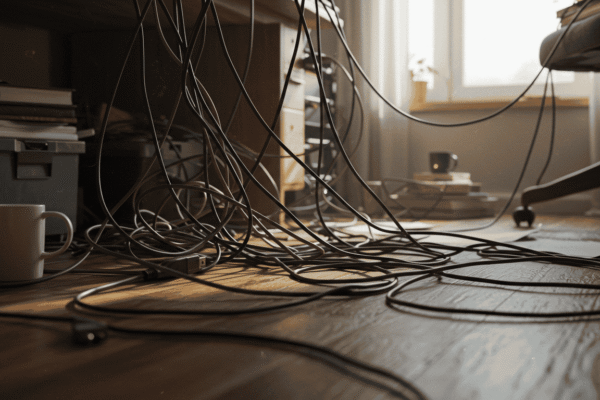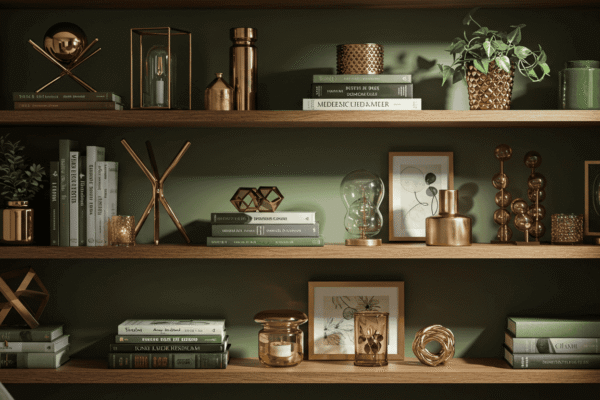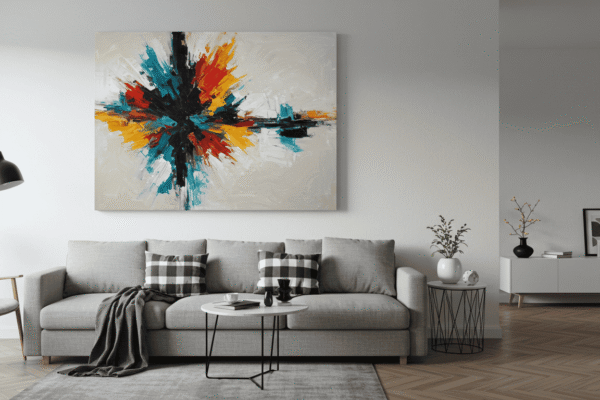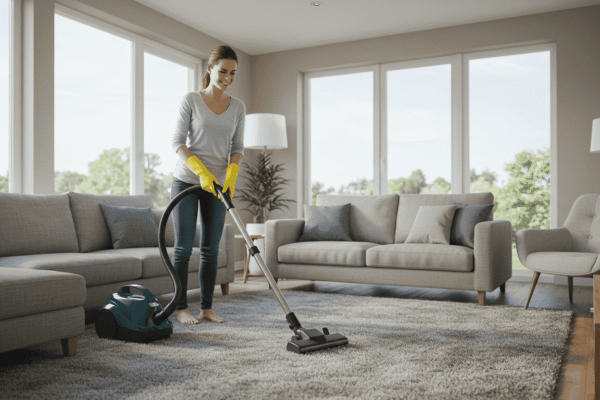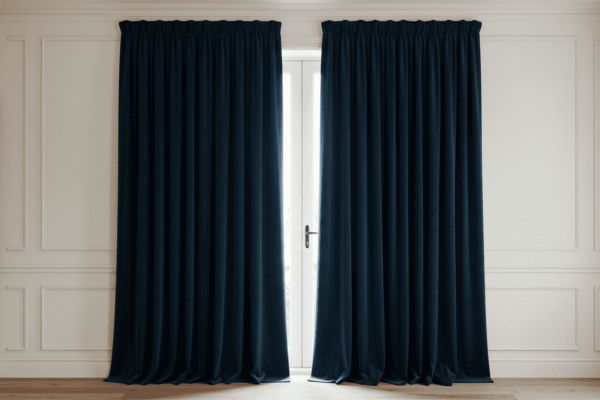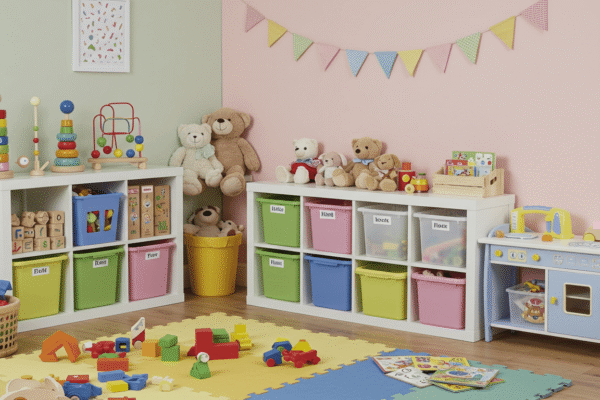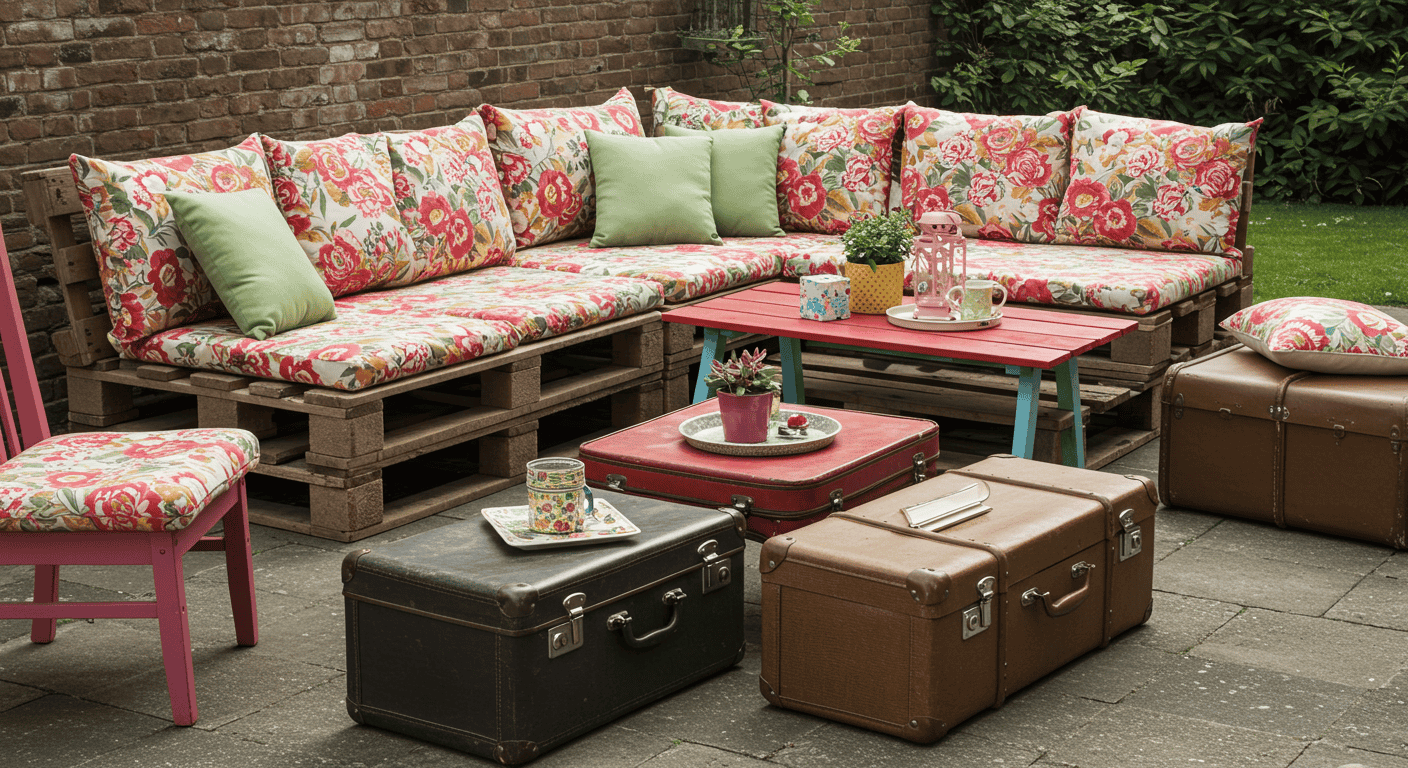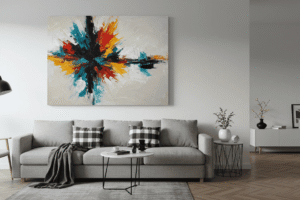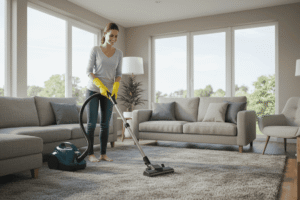In a world driven by sustainability and creativity, Upcycling Furniture offers a smart alternative to fast furniture. It extends the life of existing pieces, elevates their beauty, and reduces waste bound for landfills. Each upcycled creation helps cut the demand for new raw materials—lowering the hidden environmental costs of extraction, production, and transport.
Introduction: Why Upcycling Furniture Matters
Upcycling isn’t just a design trend—it’s a movement. This eco-conscious approach transforms pre-loved items into refreshed, distinctive pieces that blend craftsmanship with sustainability. With millions of tons of furniture discarded each year, upcycling offers a meaningful way to counter our throwaway culture and reimagine what already exists.
From Waste Problem to Design Opportunity
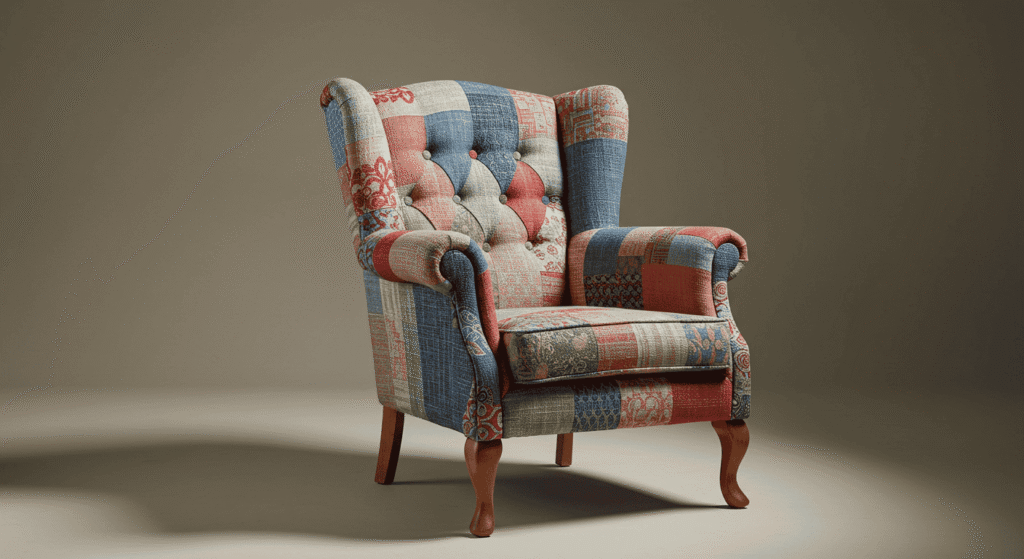
Modern waste data shows that furniture makes up a large share of municipal solid waste. While some is burned for energy, most ends up in landfills. Upcycling Furniture changes this narrative—it diverts materials, conserves the energy embedded in their creation, and reduces emissions tied to manufacturing and transport. What was once waste becomes opportunity.
How Upcycling Fits a Circular Mindset
Circular design focuses on minimizing extraction and maximizing reuse. Upcycling Furniture perfectly fits this mindset—extending product lifecycles and enhancing utility through repair, refinishing, and reconfiguration instead of replacement. It’s not about making something new; it’s about making something better.
Creative Reuse vs. Recycling
Recycling breaks materials down into raw inputs. Upcycling, however, preserves structure and character. It creatively adapts existing pieces—keeping their texture, joinery, and design intact—while introducing new functions and finishes. The result? A bespoke creation that feels handcrafted, not mass-produced.
Why Upcycled Pieces Feel Unique
Visible grain, patina, and natural imperfections are what make upcycled furniture special. These marks tell stories of time and use, turning flaws into features. The appeal lies in authenticity—each piece is one-of-a-kind, rich with history and personality.
Understanding Upcycling Furniture
To appreciate the value of Upcycling Furniture, it helps to understand its impact. Environmentally, it cuts waste and emissions. Economically, it saves money for households and businesses alike. Culturally, it celebrates creativity and individuality over disposable décor.
Environmental Benefits and Waste Diversion
Furniture production consumes vast resources. Upcycling slows this consumption by keeping durable items in use longer. Every piece saved reduces demand for logging, mining, and manufacturing—helping conserve forests, metals, and plastics while cutting emissions.
Reducing Carbon Through Reuse
Manufacturing and shipping furniture adds to global carbon output. By reusing and repurposing what we already have—especially locally—Upcycling Furniture lowers emissions significantly. Scaled across homes and offices, this small act becomes a powerful climate solution.
Economic Upsides for Households and Businesses
Upcycling makes good financial sense. Households can customize quality secondhand pieces for a fraction of retail costs. For businesses, refurbishing instead of replacing offers cost-effective ways to refresh interiors while aligning with sustainability goals.
Longevity Beats “Fast Furniture”
Mass-produced, low-cost furniture often wears out fast and ends up in the trash. Upcycled furniture focuses on sturdy frames and repairable materials—extending lifespan, saving money, and keeping waste out of landfills.
Getting Started with Upcycling Furniture
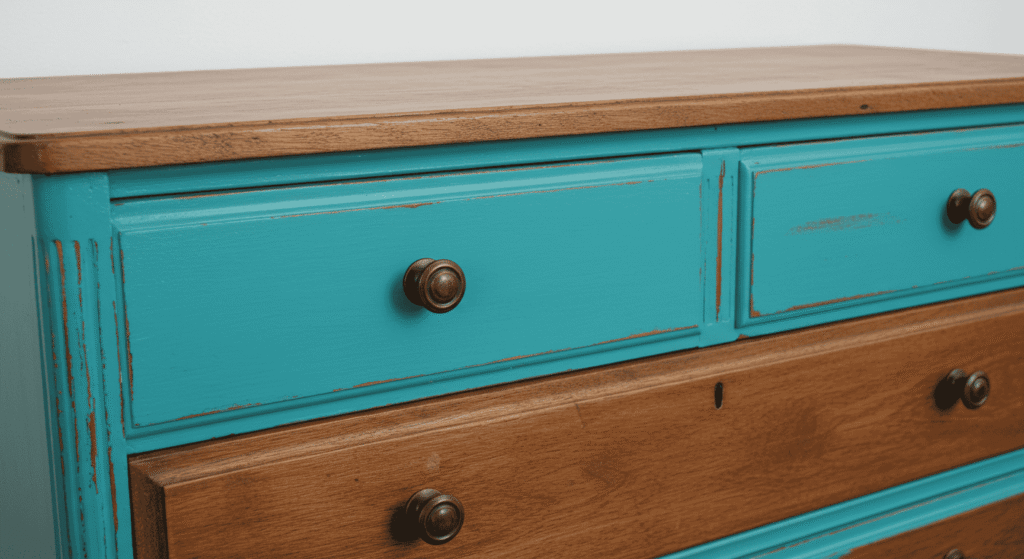
Successful upcycling begins with the right foundation. Choose a sturdy piece, check for sound structure, and gather proper tools and materials. A little preparation goes a long way toward durable, beautiful results.
Choosing the Right Candidate
Pick solid wood or high-quality veneer with firm joinery. Avoid major damage like rot or warping—surface flaws are easy to fix, but structural issues aren’t.
Beginner-Friendly Pieces
Start small: end tables, chairs, and dressers are great introductions. These projects teach sanding, painting, and sealing—core skills that build confidence quickly.
Essential Tools and Materials
A basic kit includes sandpaper, a sander, primer, low-VOC paint, brushes, filler, clamps, and a respirator. Quality tools ensure smoother results and safer work.
Health-Conscious Finish Choices
When painting or sealing, consider verified low- or zero-VOC products and third-party certifications like Greenguard or Green Seal, and ask about tint VOCs to keep indoor air cleaner during and after Upcycling Furniture projects, especially in enclosed spaces.
Preparation: The Foundation of this Furniture
Preparation often determines the durability and look of the final result, so investing time in cleaning, sanding, repairs, and priming sets up Upcycling Furniture transformations to resist chips, stains, and moisture and to age beautifully with use.
Cleaning and Deglossing
Remove wax, oils, and grime with a degreasing cleaner and lightly degloss slick factory finishes to improve adhesion, because even premium paint or stain will underperform if surfaces are contaminated or too glossy for coatings to bond.
Smart Sanding Strategy
Use progressive grits to remove failing finishes and flatten imperfections without gouging, then vacuum dust and wipe with a tack cloth so primer and paint lay down evenly and the Furniture finish cures to a resilient, professional-looking surface.
Repairs, Filler, and Stabilization
Tighten fasteners, re-glue loose joints, and use wood filler or epoxy for chips and missing corners because stability and smoothness are essential to how Upcycling Furniture feels and functions, particularly for weight-bearing pieces like chairs and tables.
Priming for Adhesion and Stain Blocking
Primer bridges old and new materials, blocks tannin bleed from woods like oak, and boosts adhesion for challenging surfaces such as laminates, setting the stage for strong color coverage and long-lasting results in Upcycling Furniture projects.
Creative Transformations
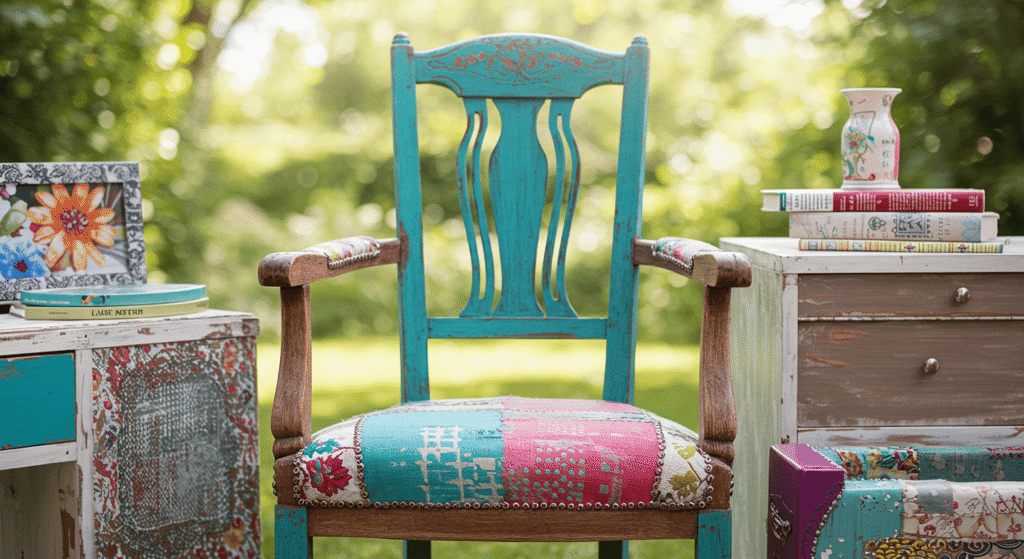
From subtle refreshes to bold reinventions, Upcycling Furniture gives wide latitude to experiment with color, texture, hardware, and function, creating pieces that fit evolving lifestyles without the environmental burden of new production.
Dresser-to-Island Conversions
Solid wood dressers are prime candidates for conversion into compact kitchen islands by adding casters, a butcher-block top, towel bars, and utensil hooks, offering extra storage and a mobile workspace through thoughtful Upcycling Furniture design.
Hardware and Ergonomic Upgrades
Swap dated pulls for modern hardware, reinforce drawer bottoms, and adjust heights for comfort so everyday tasks feel easier, demonstrating how Upcycling Furniture merges aesthetics with practical ergonomics in high-traffic rooms.
Doors, Windows, and Architectural Salvage
Old doors can become statement dining tables or oversized headboards, while multi-pane windows make striking wall art or room dividers that celebrate heritage materials and craftsmanship through Upcycling Furniture creativity.
Preserving Patina with Purpose
Retain select scuffs, paint layers, or hand-planed textures behind a durable clear coat to capture history while stabilizing surfaces, ensuring the patina enhances the story rather than compromising function in Upcycling Furniture builds.
Finishes, Paints, and Healthy Homes
Finish selection affects colorfastness, durability, and indoor air quality, and choosing low- or zero-VOC systems, mindful tinting, and credible certifications makes Furniture safer for homes and workspaces without compromising style.
Low- and Zero-VOC Considerations
Marketing can be confusing, so look for third-party certifications, evaluate tint VOCs, and consult technical data sheets to avoid greenwashing and to ensure Upcycling Furniture topcoats align with health and performance goals.
Topcoat Durability and Sheen
Choose waterborne enamels, hard-wearing furniture lacquers, or polyurethane in appropriate sheens—matte to hide imperfections, satin for balanced maintenance, or semi-gloss for wipeability—so Upcycling Furniture holds up to daily use.
Color Strategy for Long-Term Appeal
Neutrals like soft whites or earthy taupes create versatile backdrops, while deep greens, inky blues, or muted terracotta bring modern character; test on concealed areas to ensure undertones and lighting suit the Upcycling Furniture context.
Texture and Special Effects
Techniques like color washing, gentle distressing, and lime waxing can add subtle depth, whereas decoupage or stenciling delivers pattern and storytelling, expanding the expressive range of Furniture without heavy material inputs.
Upholstery and Textile Refresh
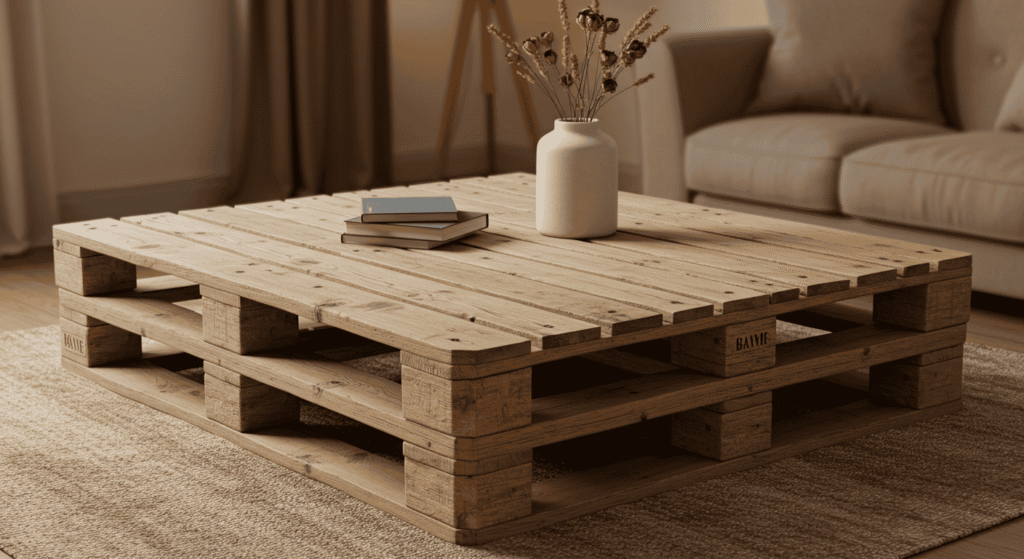
Soft surfaces transform comfort and style, and basic upholstery skills allow Upcycling Furniture fans to re-cover seat pads, refresh cushions, and rebuild support systems, extending the life of well-made frames.
Fabric Selection for Performance
Opt for durable weaves, higher rub counts, and stain-resistant finishes where appropriate, and consider natural fibers with robust construction for breathable comfort, achieving a balance of sustainability and longevity in Upcycling Furniture.
Padding, Webbing, and Springs
Replacing tired foam, re-tensioning webbing, or repairing springs dramatically improves comfort and durability, proving that Upcycling Furniture upgrades are as much about ergonomics as they are about visual change.
Stapling, Piping, and Finishing Touches
Clean stapling, neat corners, and optional piping or nailhead trim elevate the craftsmanship, demonstrating how meticulous detailing turns Furniture projects into heirloom-worthy pieces.
Slipcovers and Modular Thinking
Where removable covers make sense, slipcovers enable seasonal refreshes and easy cleaning, extending usefulness and style range within the same Upcycling Furniture framework.
Common Mistakes to Avoid
Even experienced creators occasionally stumble, and anticipating pitfalls preserves time, money, and momentum across Upcycling Furniture efforts, from prep to finishing and styling.
Skipping Surface Prep
Insufficient cleaning, sanding, or priming often leads to adhesion failure, uneven sheen, or bleed-through, so diligent prep is non-negotiable for lasting Upcycling Furniture results.
Rushing Dry Times
Ignoring recoat windows or curing periods can cause tackiness or imprints; observe manufacturer guidance and allow adequate ventilation so Upcycling Furniture finishes harden to their designed durability.
Using Low-Quality Coatings
Budget paints with weak binders scuff and chip prematurely, undermining the work invested in Upcycling Furniture, so prioritize proven enamels or furniture-grade topcoats for high-touch surfaces.
Overlooking Hardware and Glides
Hardware and felt glides are small details with big impact on function and floor protection, and refreshing these components helps Upcycling Furniture feel new and perform better day-to-day.
Styling and Integrating Upcycled Pieces
Placement, proportion, and palette determine how Upcycling Furniture integrates into rooms, and thoughtful styling ensures pieces read as intentional statements rather than mismatched add-ons.
Make a Statement, Build Cohesion
Anchor a space with one bold upcycled hero—like a rich green dresser or a reclaimed-wood coffee table—then echo its tone or material in accents to create harmony around Upcycling Furniture focal points.
Blending Old and New
Pair vintage silhouettes with contemporary lighting, textiles, and art to create layered interiors—this tension between eras highlights the personality of Upcycling Furniture without sacrificing modern comfort.
Scale, Traffic, and Maintenance
Consider scale relative to room size and pathways, and finish high-traffic items in wipeable sheens to simplify upkeep, supporting the long-term practicality of Upcycling Furniture in busy households.
Seasonal Refresh and Rotation
Rotate accent chairs, side tables, or lamps across rooms to keep layouts fresh and to extend the perceived novelty of Upcycling Furniture without constant new purchases.
Where to Find Inspiration and Resources
Inspiration for Upcycling Furniture can be found everywhere—from online DIY communities to local salvage yards. Whether you’re a beginner or a seasoned creator, there’s a wealth of guidance, tutorials, and materials to help you develop your own unique style while supporting sustainable design.
Online Guides and Communities
DIY websites, forums, and social media platforms are full of transformation stories, video tutorials, and troubleshooting tips. Watching others turn old pieces into stunning statement furniture can spark new ideas and teach valuable techniques.
Platforms like YouTube, Pinterest, and Instagram offer endless before-and-after projects that make the learning process interactive and inspiring.
Trusted Sustainability Reading
To go deeper, explore credible resources focused on eco-friendly finishes and indoor air quality. Look for guides that explain:
- What low- and zero-VOC paints mean
- How tint VOCs can affect air quality
- Which certifications (like Greenguard or Green Seal) ensure safety
These insights help you make informed, responsible choices when working on your upcycled projects.
Salvage, Thrift, and Secondhand Sourcing
Local thrift stores, flea markets, and architectural salvage yards are goldmines for upcycling enthusiasts. You can find solid wood frames, vintage fixtures, or unique materials waiting for a second life.
Patience pays off—visit regularly, and you’ll uncover one-of-a-kind pieces at budget-friendly prices while supporting circular consumption.
Curating a Personal Design Library
Keep a personal folder or digital board of color swatches, finish samples, and favorite design references. Over time, this helps refine your creative vision and makes future Upcycling Furniture projects easier and more cohesive—from planning to finishing.
Workplace and Commercial Upcycling
Upcycling isn’t limited to homes. Businesses and organizations can also embrace Upcycling Furniture to refresh office interiors affordably and sustainably. Refurbished furnishings align with corporate sustainability goals, enhance brand image, and create warmer, more authentic workspaces.
Reducing Emissions at Scale
When companies choose to reuse and refinish furniture instead of buying new, they significantly cut manufacturing and shipping emissions. This not only reduces environmental impact but also sends a strong message of corporate responsibility and sustainability.
Cultural and Cost Benefits
Upcycled office furniture reflects creativity and resourcefulness. It often costs less than complete replacements while extending the lifespan of existing assets. The result? A workspace that looks unique, saves money, and tells a story about mindful design.
Designing for Reconfiguration
Forward-thinking manufacturers now design furniture with refinishing and modularity in mind. This allows businesses to update or reconfigure interiors without starting from scratch—making Upcycling Furniture a practical and scalable solution for the long term.
The Antidote to Fast Office Furniture
Fast furniture creates rapid waste cycles. Upcycling breaks that pattern. By choosing durable, repairable, and refinishable pieces, organizations and homeowners alike invest in longevity, sustainability, and authentic character—proving that mindful design is the true modern luxury.
Conclusion
Upcycling transforms a global waste problem into a creative opportunity. It saves resources, lowers emissions, and results in interiors that are personal, meaningful, and long-lasting.
Each project, big or small, becomes part of a circular story—where sustainability meets design, and waste becomes beauty.
For more hands-on tutorials and sustainable design ideas, explore AmeliasTips.com. And for deeper insights on healthy paints and finishes, check out trusted third-party certifications dedicated to indoor air quality.

